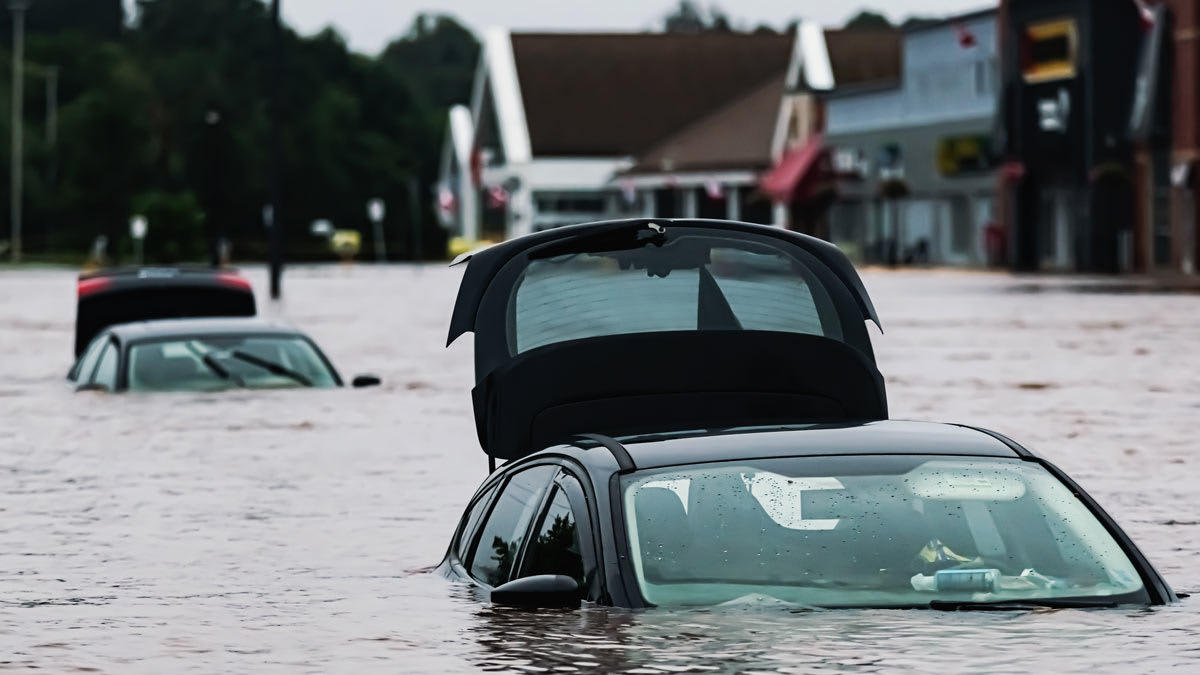Water damage can be hard to detect, but Consumer Reports says you should look for some telltale signs.
Inspect the carpets to see whether they show signs of having been waterlogged. They include the carpets smelling musty or having caked-on mud. Brand-new carpets in an older vehicle may be another red flag.
Check the seat-mounting screws to see whether there’s any evidence that they were removed. To dry the carpets effectively, the seats must be removed and possibly even replaced.
Inspect the lights. A visible waterline may still show on the lens or reflector.
Inspect the difficult-to-clean places. Those include gaps between panels in the trunk and under the hood (such as behind the engine), for mud and debris. A waterline around the engine compartment is a clear indicator of flooding.
Look on the bottom edges of brackets or panels where grime wouldn’t normally settle.
Look at the head of any unpainted, exposed screws under the dashboard. Bare metal will show signs of rust in flooded cars.
Check the rubber drain plugs under the car and on the bottom of doors. See whether they have been removed recently. That may have been done to drain floodwater.
Check engine oil. The water mixed into the oil can create an odd, milkshake appearance.
Check the air filter. Water would cause the cardboard frame for the filter to look textured and soggy.
If you’re from an area affected by a flood and have a car that wasn’t damaged, be aware that buyers might suspect it was. Have a mechanic inspect your car before you put it up for sale so that you can present potential buyers with a clean bill of health.
Source link
